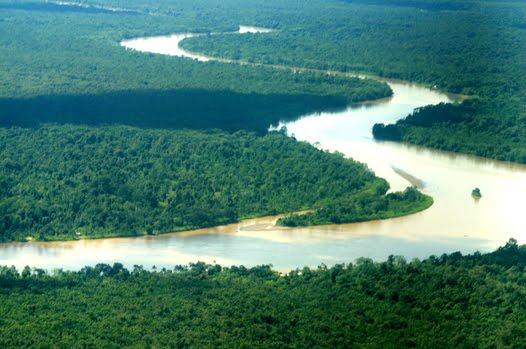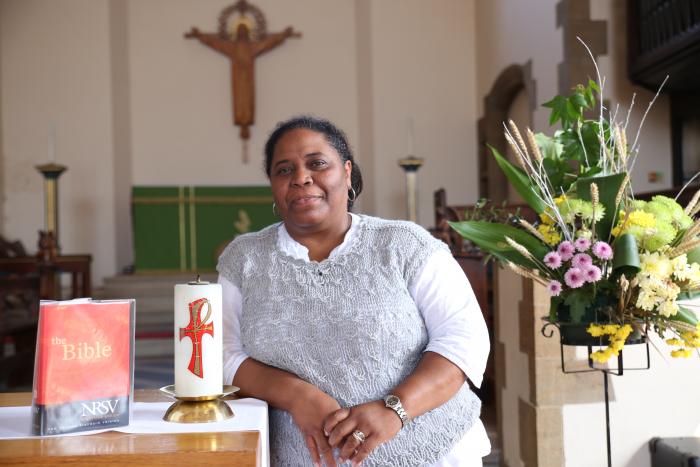PART ONE
I remember the time I first saw the River Atrato, it was love at first sight, if you’ve experienced it you’ll know what I mean; it’s as if a spell has been cast on you.
From the small plane, it seemed like a narrow winding road, but when you got down to the river bank, at certain points the other shore disappears into the distance. It revealed a part of myself I thought I’d forgotten; I felt passion again, and a desire to plan and have a future.
The clear fresh water of the Atrato merges into the green of the vegetation on either side; used as I was to my Caribbean sea and white gulls crossing the sky, seeing the spectacle of birds of the most unimaginable colours took my breath away.
That exuberant vegetation was the backdrop for the beautiful moments that still inhabit my mind today, like fragments of dreams, a jigsaw, piecing together the years I spent in the Chocó.
I went to the Chocó to work on a national programme for the prevention and eradication of cholera, which in those days ravaged the majority of villages along all Colombia’s rivers. The Atrato was one of the worst affected, and I got to know the people of the Chocó and Antioquia as we visited the villages and indigenous settlements. I lost my heart to the Embera people, I was drawn to their culture, their simple nature and profound way of life. I made an effort to learn some of their language, and began to communicate without interpreters. I spent months, years, living with them, learning, absorbing, enjoying.
The Atrato, low and tranquil in the dry season, turned turbulent and aggressive at the height of the rainy season. Did you know that the Chocó jungle has the world’s highest rainfall? It’s hard to imagine that, after days without rain, you feel as if you can’t breathe.

Truth to tell, I’m a coastal sea-loving woman who was seduced by the speed and power of one of the world’s most beautiful rivers. In those days, I firmly believed I had been born to do what I was doing, to live there in the heart of the Atrato region with my friends, the Embera people. Getting to know them was to discover another world. For me, far from just introducing wáter purification and anti-parasite programmes, it was a re-education, discovering who I was, where I belonged, what it meant to be Colombian, our roots. I learned to love our diversity and our manifest differences. Living in the Chocó gave me back a faith I didn’t know I had.
The first year flew by. Going back and forth in that dense green-ness, I gradually lost my primal fear of creepy-crawlies. My heart embraced the children who flitted around us all the time, their big black eyes staring out of muddy little faces. There was so much to do; it was essential to do daily tasks and meet our targets during daylight, because night fell like a great black blanket covering everything. Very few houses had so much as a lamp and many of our group couldn’t get used to this simple life-style, chatting and listening was as fascinating as those endless nights got, my heart grew accustomed to that world.
Some nights we’d use the medical team’s generator for puppet shows, my favourites; I’m a frustrated puppeteer. I remember the tears of both children and adults after each show. I’m not sure how, but somehow I just kept on living in the Atrato with its good things and bad, because there was plenty of the latter.
I knew I couldn’t do everything, I was always conscious of that, but I clung to the idea that in time there would be an opportunity to forge ahead and become a more equal society, equal in every sense.
In March 1992, I began getting high temperatures from time to time. Every night I’d think it was malaria, but it didn’t matter much since there was little I could do about it. I’d rest for a couple of days to regain my strength, then carry on.
It was about that time that I noticed some of the village girls were missing and I began investigating. It wasn’t long before I ran into difficulties.
Another two people had joined the support group, which was good, we needed a lot of hands on deck, but these two were European, and their presence caused a bit of tension in the already dwindling group. Some people left because they were weak from malaria and others for other pressing reasons, which I understood completely, because love had to be your motivation for living here, nothing else could tie you to that dense green cloud.
By then, I’d got used to different armed groups patrolling the river; I don’t know which of them were paid for by my taxes. In my eyes, they were all the same: their uniforms, their behaviour, and the other stuff. I didn’t feel protected by any of them. Fear was the most common feeling on the Atrato.
It wasn’t only logging and gold trafficking that went on along the river, traffic in little girls, black and indigenous, to be used in brothels, was also common practice. At first, nobody mentioned it. It was only time and familiarity that made me realize the magnitude of the problem these families faced.





















